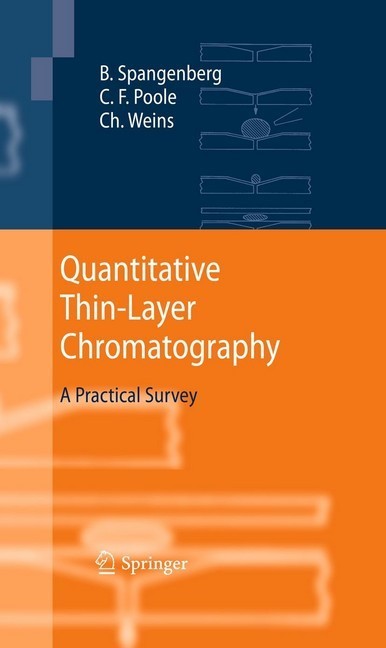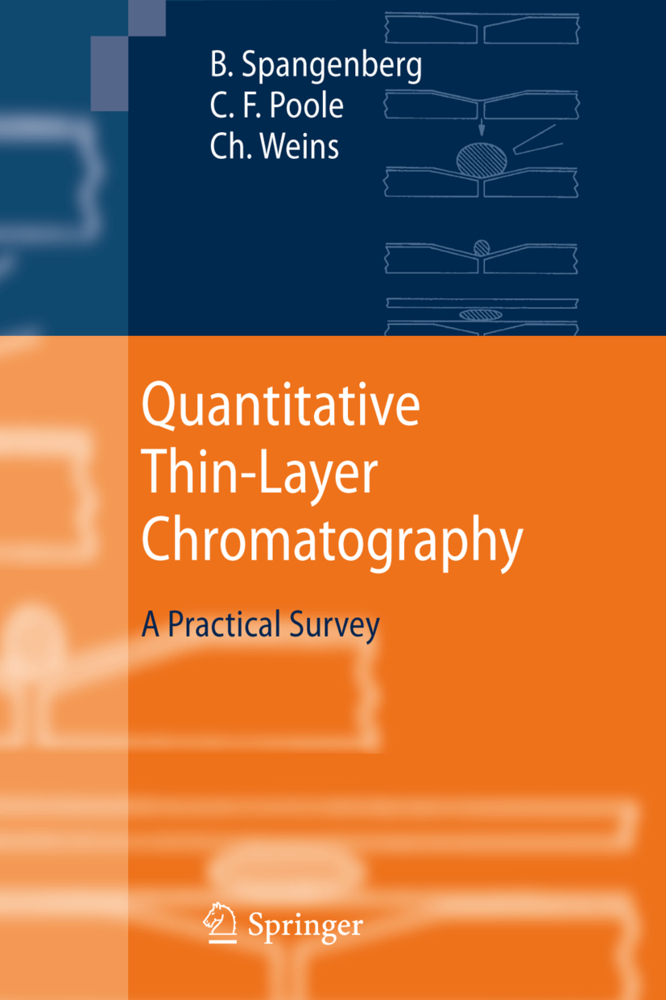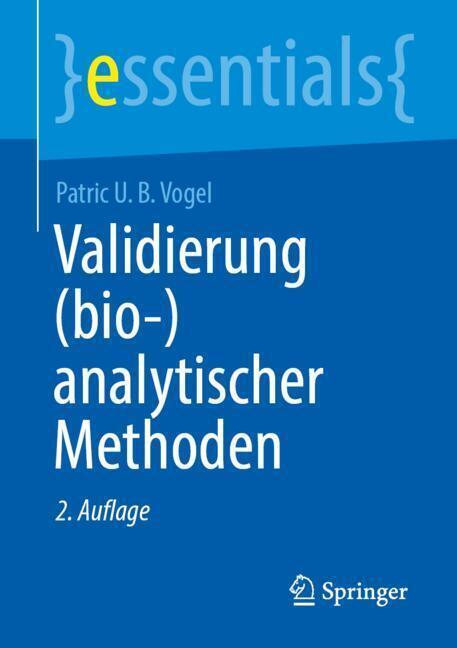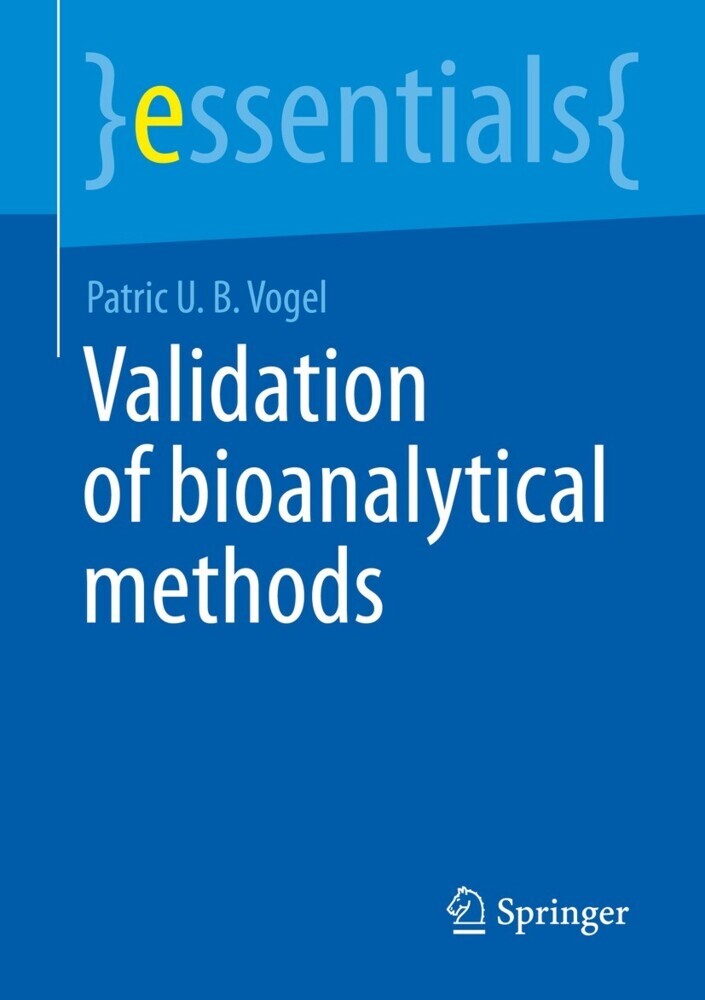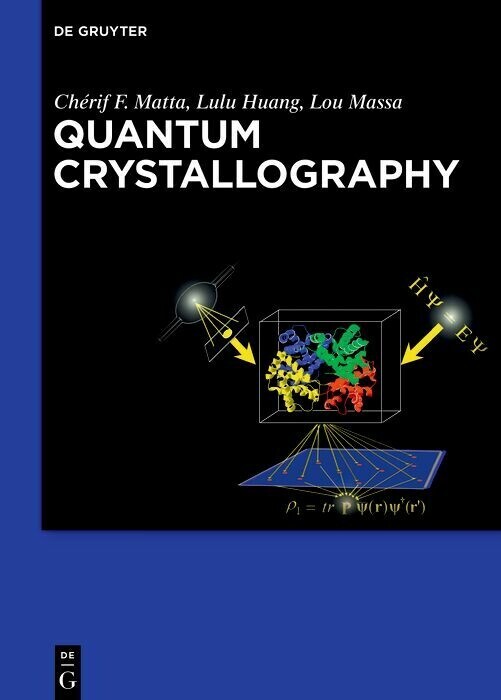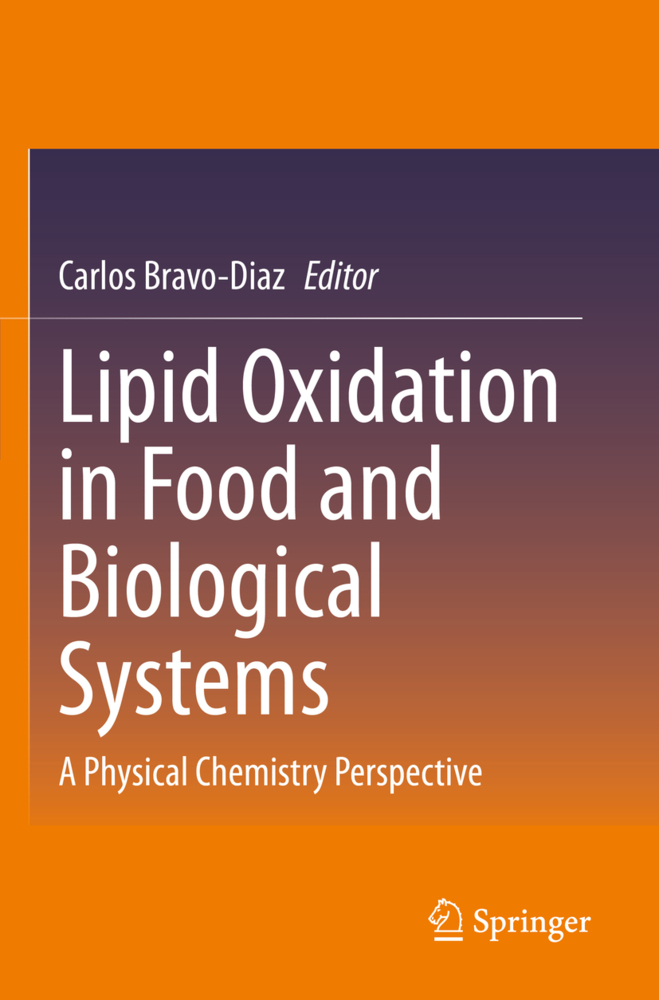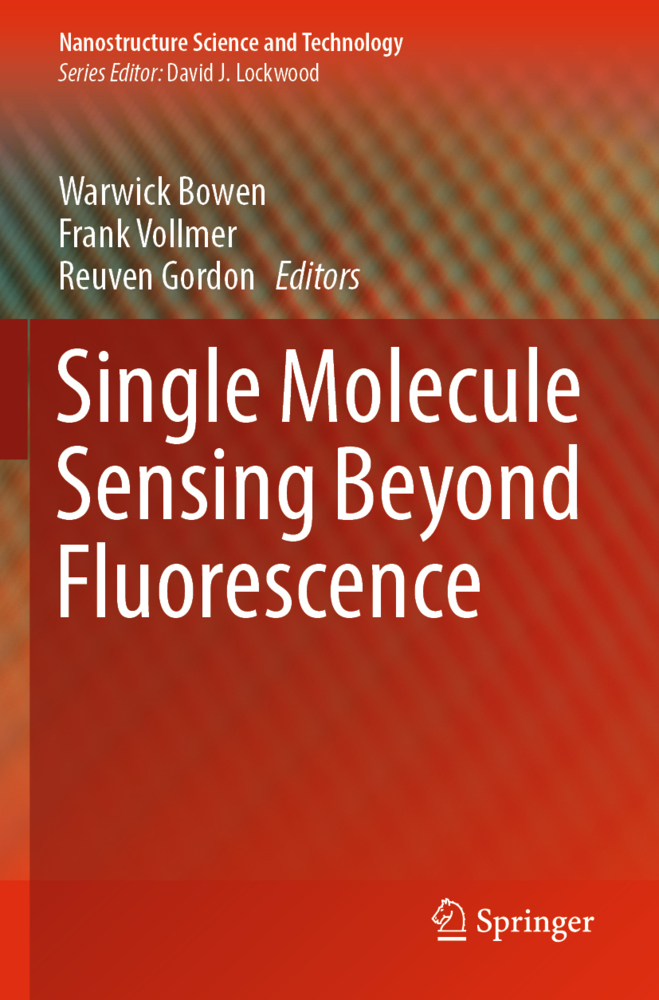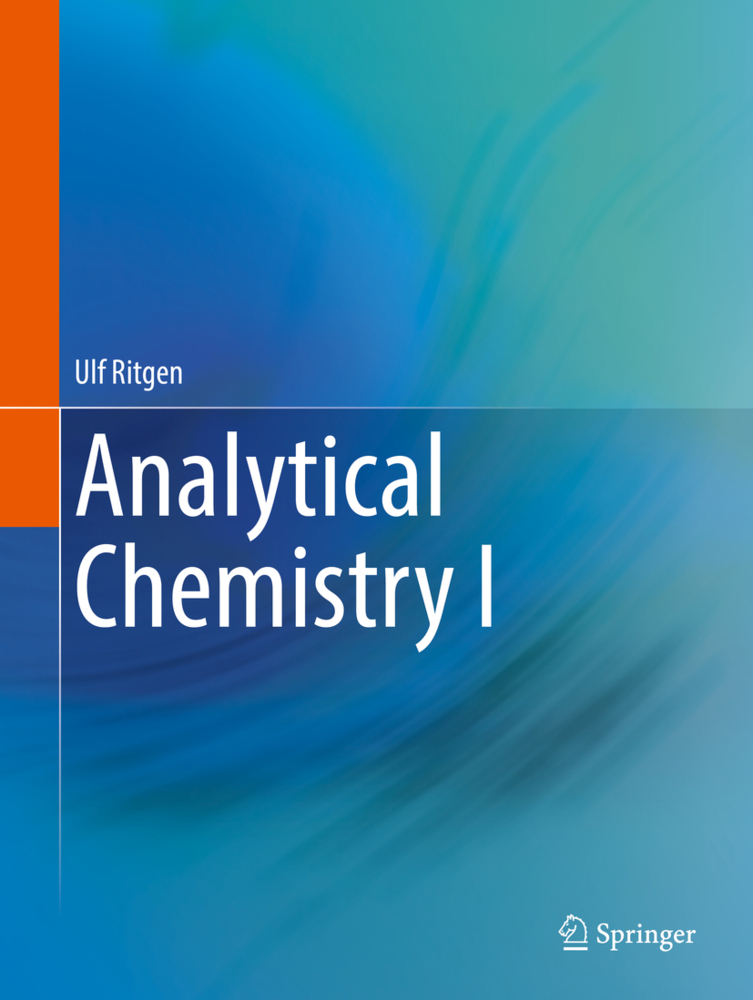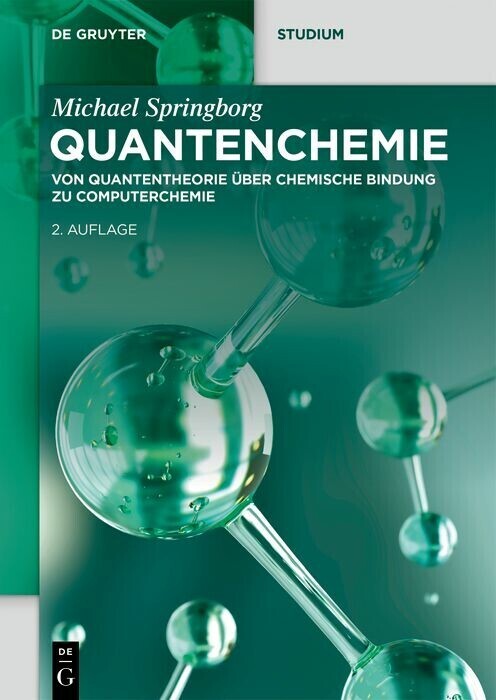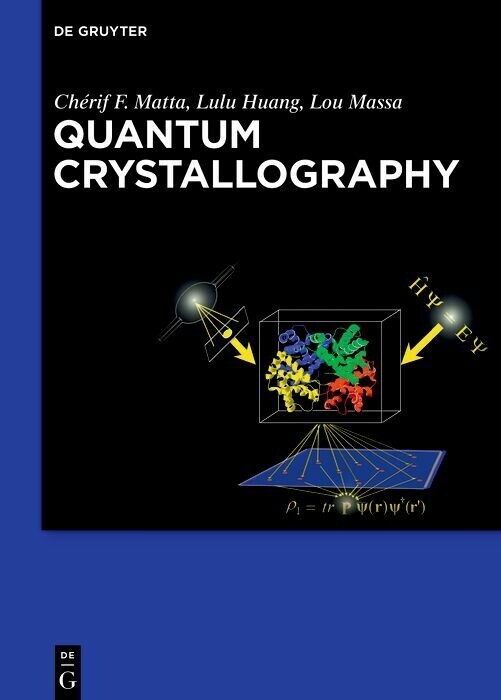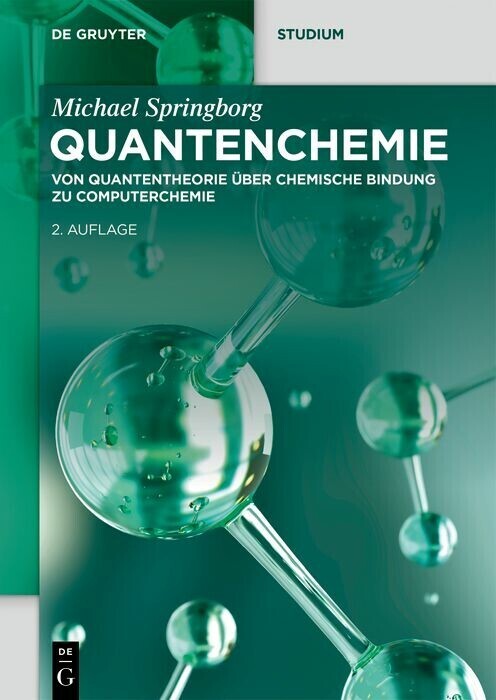Quantitative Thin-Layer Chromatography
A Practical Survey
Thin-layer chromatography (TLC) is widely used particularly in pharmaceutical and food analysis. While there are a number of books on the qualitative identification of chemical substances by TLC, the unique focus here is on quantitative analysis. The authors describe all steps of the analytical procedure, beginning with relevant basics and equipment for quantitative TLC. They go on with sample pretreatment and sample application, development and staining, scanning and finally present the statistical and chemometric data evaluation as well as validation. An important feature is the coverage of effect-directed biological detection methods.
1;Preface;6 2;Acknowledgements;8 3;Contents;10 4;Chapter 1: History of Planar Chromatography;17 4.1;1.1 History of Paper Chromatography (PC);17 4.2;1.2 History of Thin-Layer Chromatography;23 4.3;1.3 The History of Quantitative Planar Chromatography;24 4.4;References;26 5;Chapter 2: Theoretical Basis of Thin Layer Chromatography (TLC);29 5.1;2.1 Planar and Column Chromatography;29 5.2;2.2 TLC Capillary Flow;31 5.3;2.3 TLC Distribution Equilibrium;34 5.3.1;2.3.1 Adsorption Chromatography;34 5.3.2;2.3.2 Partition Chromatography;36 5.4;2.4 The Retardation Factor (Rf);38 5.4.1;2.4.1 The Empirical Rf Factor;38 5.4.2;2.4.2 The Thermodynamic Rf Factor;40 5.5;2.5 Mobile Phase Composition;41 5.6;2.6 Transfer of TLC Separations to Columns;43 5.7;2.7 The Rm Value;44 5.8;2.8 Temperature Dependence of TLC Separations;45 5.9;2.9 Advanced Theoretical Considerations;46 5.10;2.10 Indices Characterizing Separation and Resolution;53 5.11;2.11 Zone Broadening in Planar Chromatography;56 5.11.1;2.11.1 The A term;56 5.11.2;2.11.2 The B term;57 5.11.3;2.11.3 The C term;58 5.11.4;2.11.4 Local Plate Height H;58 5.11.5;2.11.5 The van Deemter Equation;59 5.12;2.12 Optimum Separation Conditions in TLC;61 5.13;2.13 Separation Number;63 5.14;2.14 Real Plate Height;66 5.15;References;67 6;Chapter 3: The Stationary Phase in Thin-Layer Chromatography;69 6.1;3.1 Activating and Deactivating Stationary Phases;70 6.2;3.2 Snyder´s Adsorption Model;71 6.3;3.3 Layer Characteristics;73 6.3.1;3.3.1 Layer Thickness (df);75 6.3.2;3.3.2 Average Particle Size (dp);76 6.3.3;3.3.3 Particle Size Distribution;76 6.3.4;3.3.4 Specific Surface Area (Os);76 6.3.5;3.3.5 Pore Volume (Vp);77 6.3.6;3.3.6 Average Pore diameter (Pd);77 6.4;3.4 The Most Important Stationary Phases in TLC;78 6.4.1;3.4.1 Aluminium Oxide;78 6.4.2;3.4.2 Magnesium Silicate;78 6.4.3;3.4.3 Silica Gel;79 6.4.4;3.4.4 Chemically Bonded Silica Gel Layers;82 6.4.5;3.4.5 Kieselguhr;83 6.4.6;3.4.6 Cellulose;84 6.4.7;3.4.7 Polyamides;86 6.4.8;3.4.8 Ion Exchange Resins;87 6.4.9;3.4.9 Chiral Phases;88 6.4.10;3.4.10 Layers with Fluorescent Indicators;89 6.4.11;3.4.11 Making Your Own Plates;89 6.5;3.5 Light Absorption on Plate Surfaces;90 6.6;References;93 7;Chapter 4: The Mobile Phase in Adsorption and Partition Chromatography;96 7.1;4.1 Solvent Characteristics;96 7.2;4.2 Solvent Theory for Adsorption Chromatography (According to Snyder);98 7.2.1;4.2.1 Solvent Strength (epsi0);100 7.2.2;4.2.2 Solvent Strength of Binary Mixtures;101 7.3;4.3 Solvent Theory in Partition Chromatography;103 7.3.1;4.3.1 Solvent Theory (According to Snyder);104 7.3.2;4.3.2 Other Methods for Characterizing Solvents;107 7.4;4.4 Optimizing Solvent Composition;108 7.5;4.5 The PRISMA Model (According to Nyiredy);112 7.6;4.6 Solvent Additives;114 7.7;4.7 Appendix: Solvent Properties;117 7.8;References;118 8;Chapter 5: Preparing and Applying Samples;119 8.1;5.1 Sample Preparation;119 8.1.1;5.1.1 The QuEChERS Approach;119 8.1.2;5.1.2 Solid-Phase Extraction;120 8.1.3;5.1.3 Stir Bar Sorptive Extraction;122 8.2;5.2 The Dosage Quality;122 8.3;5.3 Choice of Application Position;126 8.4;5.4 Practical Application Methods;127 8.4.1;5.4.1 Sample Application via Plate Contact;127 8.4.2;5.4.2 Sample Application Without Plate Contact;128 8.4.3;5.4.3 Sample Application via Contact Spotting;128 8.4.4;5.4.4 Plate Overloading and Incomplete Drying;130 8.5;References;131 9;Chapter 6: Basis for TLC Development Techniques;133 9.1;6.1 Influence of the Vapour Phase;133 9.2;6.2 Chamber Types for Linear Development;137 9.2.1;6.2.1 N-Chambers (``Trough Chambers´´);137 9.2.2;6.2.2 S-Chamber (``Small Chamber´´);138 9.2.3;6.2.3 Vario-KS-Chamber;139 9.2.4;6.2.4 The H-Chamber (``Horizontal Chamber´´);139 9.3;6.3 Controlling Separations via the Vapour Phase;140 9.3.1;6.3.1 Solvent Composition During Separation;140 9.3.2;6.3.2 Plate Pre-loading via the Vapour Phase;144 9.4;6.4 Circular Separations;147 9.5;6.5 Solvent Gradients;148 9.5.1;6.5.1 Theory of Solvent Gradients;148 9.5.2;6.
Spangenberg, Bernd
Poole, Colin F.
Weins, Christel
| ISBN | 9783642107290 |
|---|---|
| Artikelnummer | 9783642107290 |
| Medientyp | E-Book - PDF |
| Copyrightjahr | 2011 |
| Verlag | Springer-Verlag |
| Umfang | 388 Seiten |
| Sprache | Englisch |
| Kopierschutz | Digitales Wasserzeichen |

